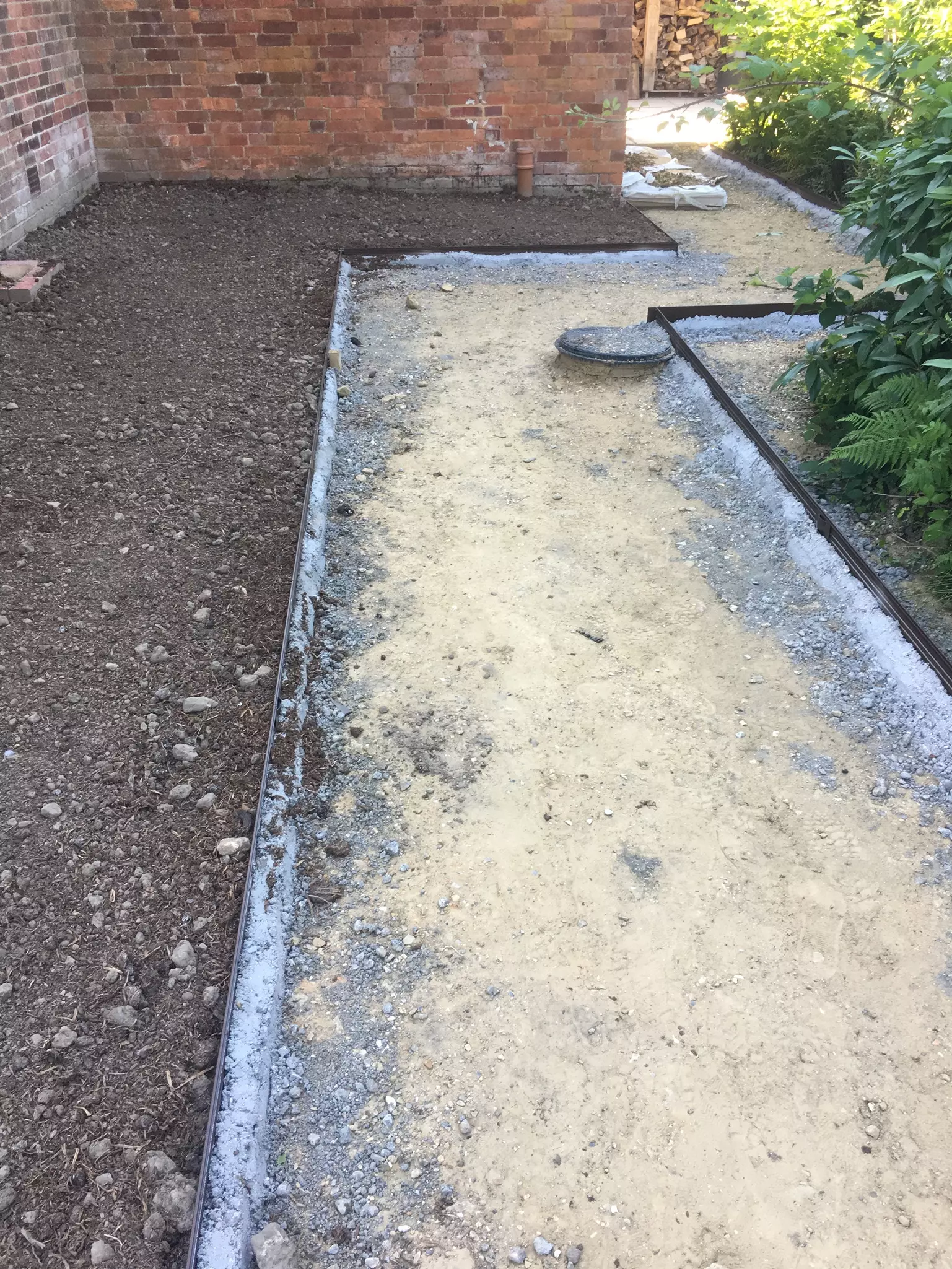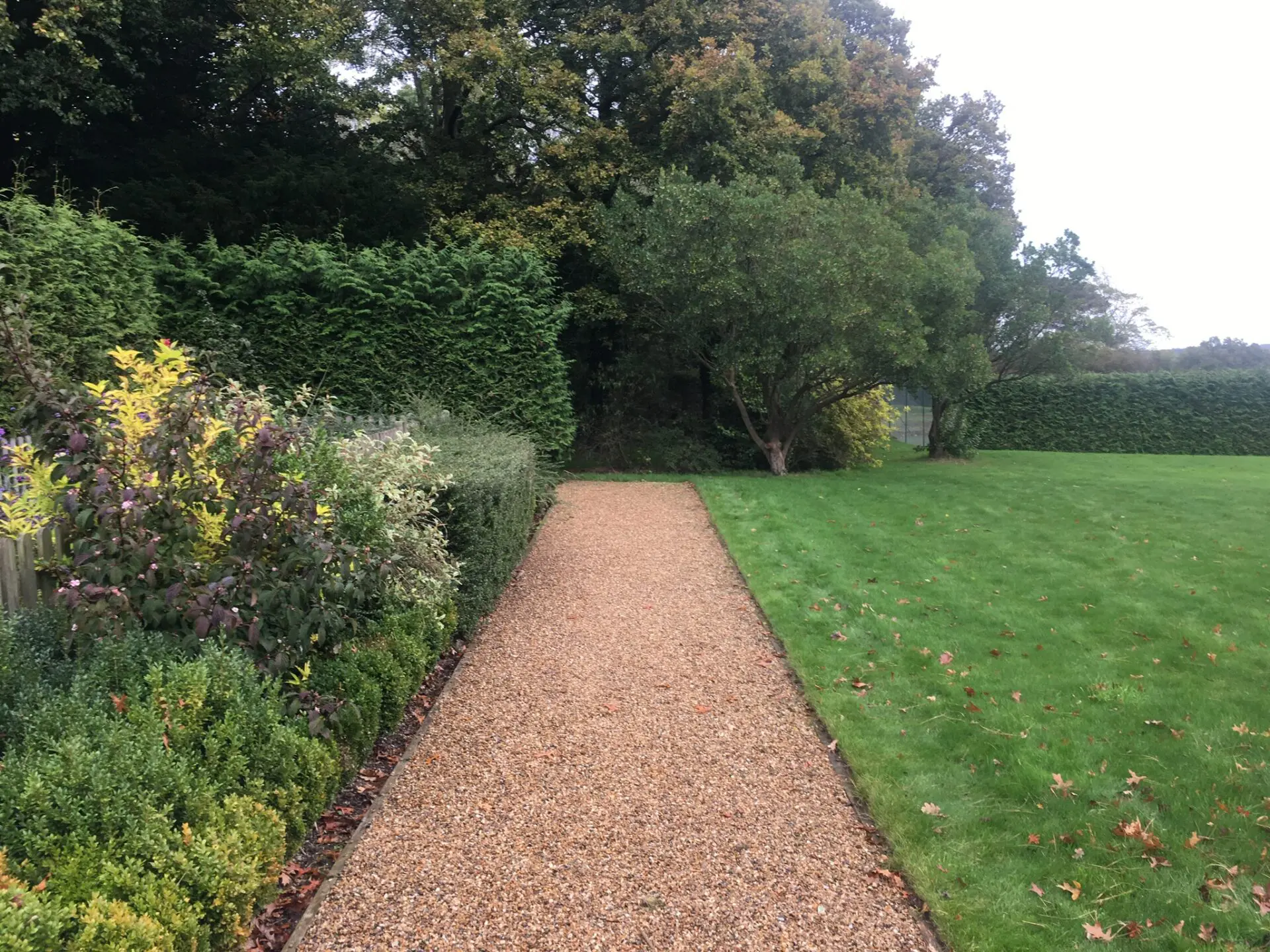Garden Edging Ideas & Tips
- Joe Perkins

- Aug 28, 2020
- 3 min read
Updated: Jul 31
Looking for garden edging ideas for your outdoor space?

Garden edging helps to define and separate spaces in your garden, whilst also contributing to the overall garden design. Garden edging can accentuate your lawn, flower beds or vegetable garden. You may want to use edging to define a pathway, create a transition from the patio to the surrounding garden or a create a lawn edge to prevent mowers from damaging your prized plants.
I’ll try to break down the best materials to use based on soft and hard landscaping, weigh up the most sustainable options, and offer practical advice based on professional experience.
You can read in a bit more detail in a short article for House Beautiful, available here.
Stay in shape
From a design point of view, a permanent edge means that the original layout and geometry of the garden stays constant, this is especially important where the design uses strong shapes – curves, straight lines, intersecting at specific angles.
It can significantly reduce the time you spend each year trimming the edges. Sure, hand cutting your lawn edges with a spade or half-moon edger is probably the cheapest and doesn’t need ‘installation’ as such, but think how long it takes!

The right edge

There are edging types to suit a huge range of budgets, and applications. Try to think about what function the edge will perform as well as what you want it to look like.
Where hard landscape abuts borders or lawn, you’ll need to consider the required structural use of the edging to contain the pavement or path. For me, the best edging for purely soft landscape areas (lawn to border for example) is almost invisible, I.e. the transition between lawn and border appears as natural as possible. The edge here should be level with the grass so that you can easily mow over it without having to go back and trim the margins with a strimmer.

Plastic and Rubber
The thought of consciously putting plastic into our natural spaces, our gardens, may seem for some a bit of an anomaly. However, there are companies making big innovations in recycled plastic. There are edging products which are made from 100% recycled household plastic, diverting material from landfill. On the face of it, the potential for durable, sustainable and endlessly recyclable edging could be there!
Timber, metal, stone and brick
One of the cheapest options is pressure treated softwood timber, however personally I’m trying to use alternatives because of the chemicals involved in the treatment process which make it very hard to recycle. Longer lasting but more expensive, oak is a naturally durable and sustainable choice. Woven willow can also work well and can be used to make low, traditional looking raised beds.
Steel or aluminium edging is a long lasting and versatile alternative to timber where you want to see as little of the material as possible – at 2.5-3mm thickness, and coming in a range of depths, it really does create a sharp-looking edge without becoming a visual component of the scheme.
Of course, there are cases where a more substantial and visible edge is required, such as perhaps a rigidly formal lawn, or where a change in level means a low retaining edge is necessary.
If formality is the name of the game, and planting flopping exuberantly over your lawn and creating bare patches is the stuff of nightmares, then a structural edge of paving or brick, say about 30cm wide will do the trick and look really smart. If you can match the material to tie in with other surfacing in your garden, so much the better.
There are a whole range of options here, but I would suggest thinking also about the lifecycle of the product – is it sustainably sourced or produced, made from recycled material and/or recyclable?
Read my article on House Beautiful here.





Comments